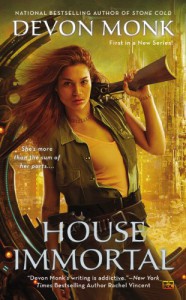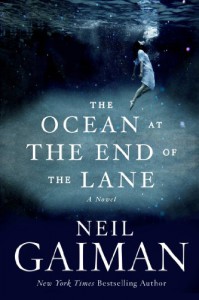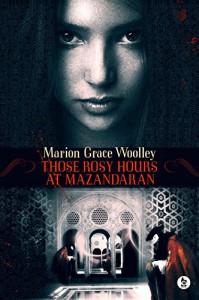
This was a fun book. I enjoyed experiencing the culture of Milan through Mia's eyes, and the descriptions depicted by the author were lush and vivid, totally immersing me in the story. In addition to a great sense of place, the author also did a wonderful job with the characters. All the major players were done so well I could picture them strolling through the streets of Milan by my side.
I read several reviews that complained about the pacing or lack of action in this book, but I didn't see this as a detriment; it only made it stand out more from a lot of the other urban fantasy books out there. Yes, it's true that Mia didn't jump right into demon hunting as soon as she took off to Italy with her relatives, but in my opinion, that only made the story all the more believable. Instead of a kickass female demon hunter with sword, knives, and all manner of supernatural skills, we're presented with a shy, young, and slightly insecure 16-year-old girl who knows next to nothing about demons prior to being possessed by one. And then, rather than becoming an overnight demon hunting superhero, Mia was expected to work for it after moving to Italy: by studying Milanese history, and observing a couple of actual demon possessions and the subsequent exorcisms performed by her family. It was definitely more old school, catholic church type of possession and exorcism—think The Exorcist—as opposed to the glamorized demon hunting you see in most urban fantasy novels today.
I believe the pacing in this book might actually be more suitable for adults however, and so it's classification in the young adult genre may have worked against it slightly in this regard since young adult books tend to have simpler language and faster pacing, which help to keep the younger mind engaged. However, since the language and plot are indeed suitable for teens, perhaps this would've been better categorized as New Adult. *shrug*
On a personal level, the Milanese culture Mia describes, with a family unit very focused on food and breaking bread together, brought back happy memories from my own childhood: Sunday dinners at my Nana and Papa's house, where we would make the pasta and the gravy—for that's what real Italians call their tomato sauce—from scratch, and the entire family, including all the aunts, uncles, and cousins, would sit down together for a hearty dinner and gossip. Granted we only did this once a week, and after my Nana passed and family members moved farther and farther away, the custom went by the wayside, but growing up in that kind of environment definitely instilled that same strong sense of family in me that binds la famiglia Della Torre in this book. It made the whole atmosphere all the more real and engaging to me.
I read this book on my Kindle and though I enjoyed being able to look up the translations from Italian to English as I read along, this isn't really necessary as translations were often given, or else discernible through context of the surrounding text. The one thing that wasn't as great about reading on the Kindle was the family tree graphic at the beginning of the book—it really needed to be just a wee bit higher resolution so that it remains sharp when resized larger. It was still legible when expanded but only barely so.
Of course, the demon that possessed Mia, and continues to hunt her, is still at large, as are a number of other questions about who this demon is and why he is after Mia in particular. This sets things up quite nicely for the sequel, The Halcyon Bird, which was published in November 2014. I look forward to picking up a copy of it soon.
This book was recommended to me by one of my dance troupe sisters, who is also friend of the author, and I'm glad she did as it may not have popped up on my radar otherwise. I highly recommend this book to those who enjoy creepy, atmospheric reads.


 1
1




























